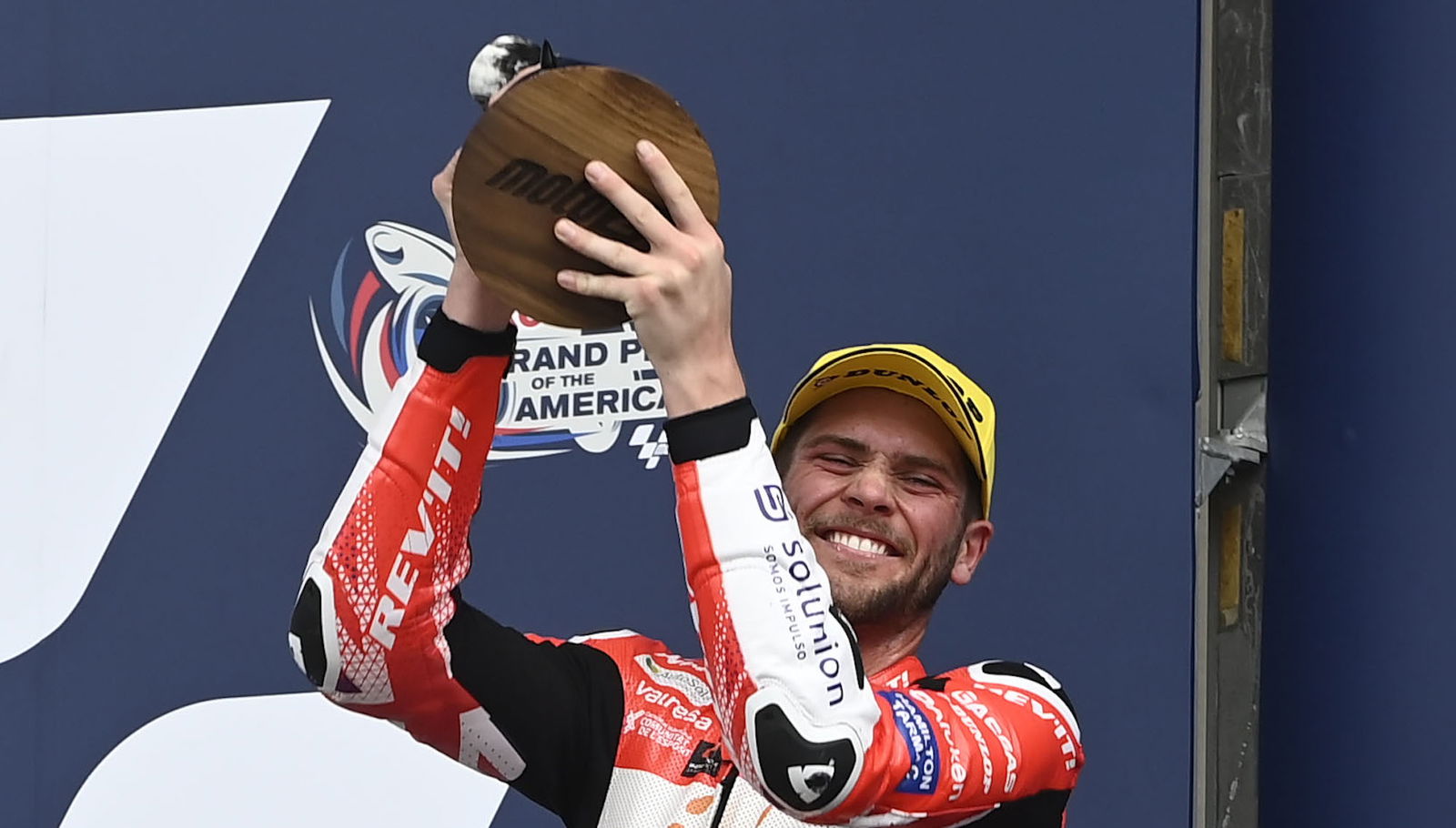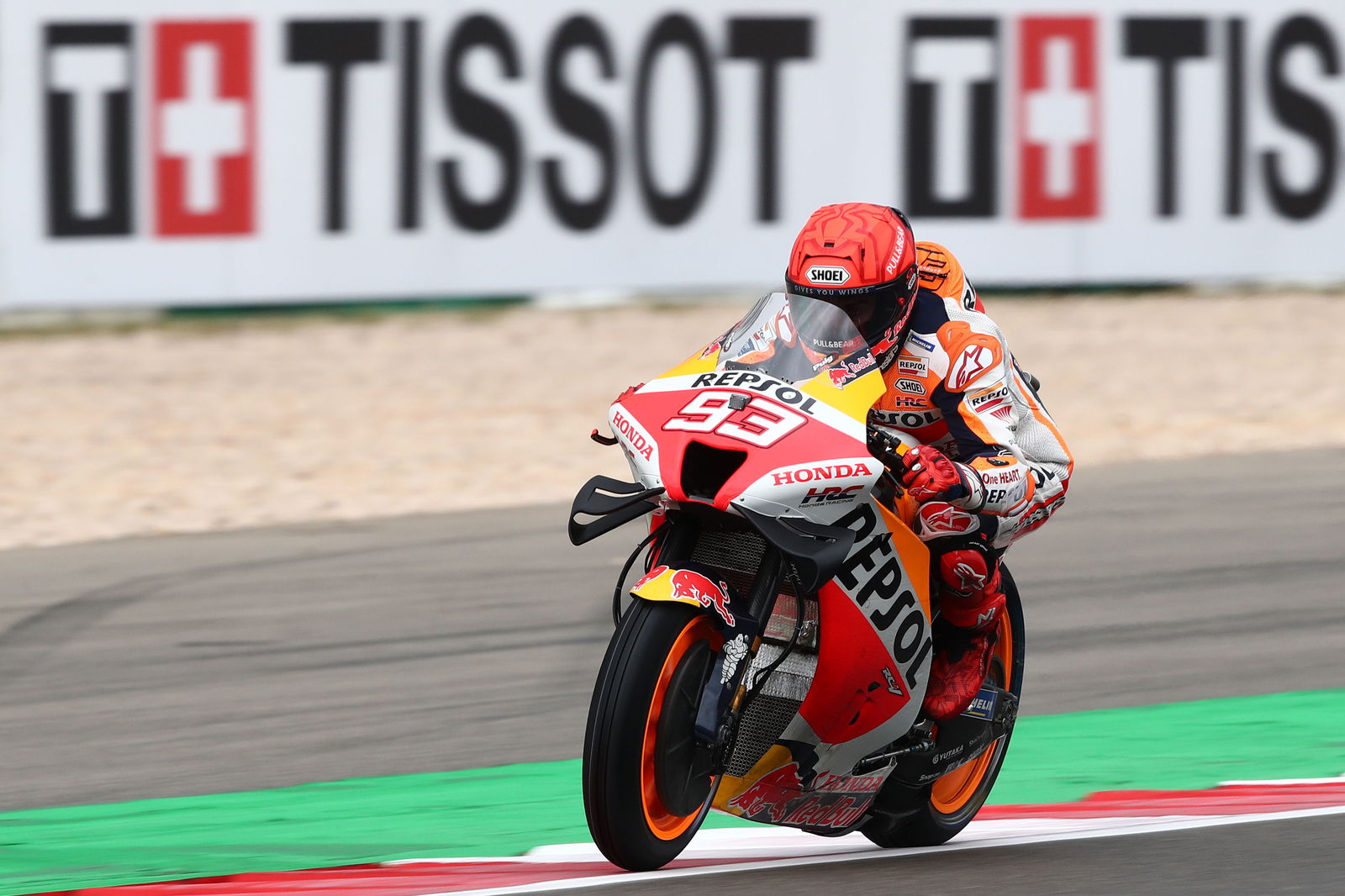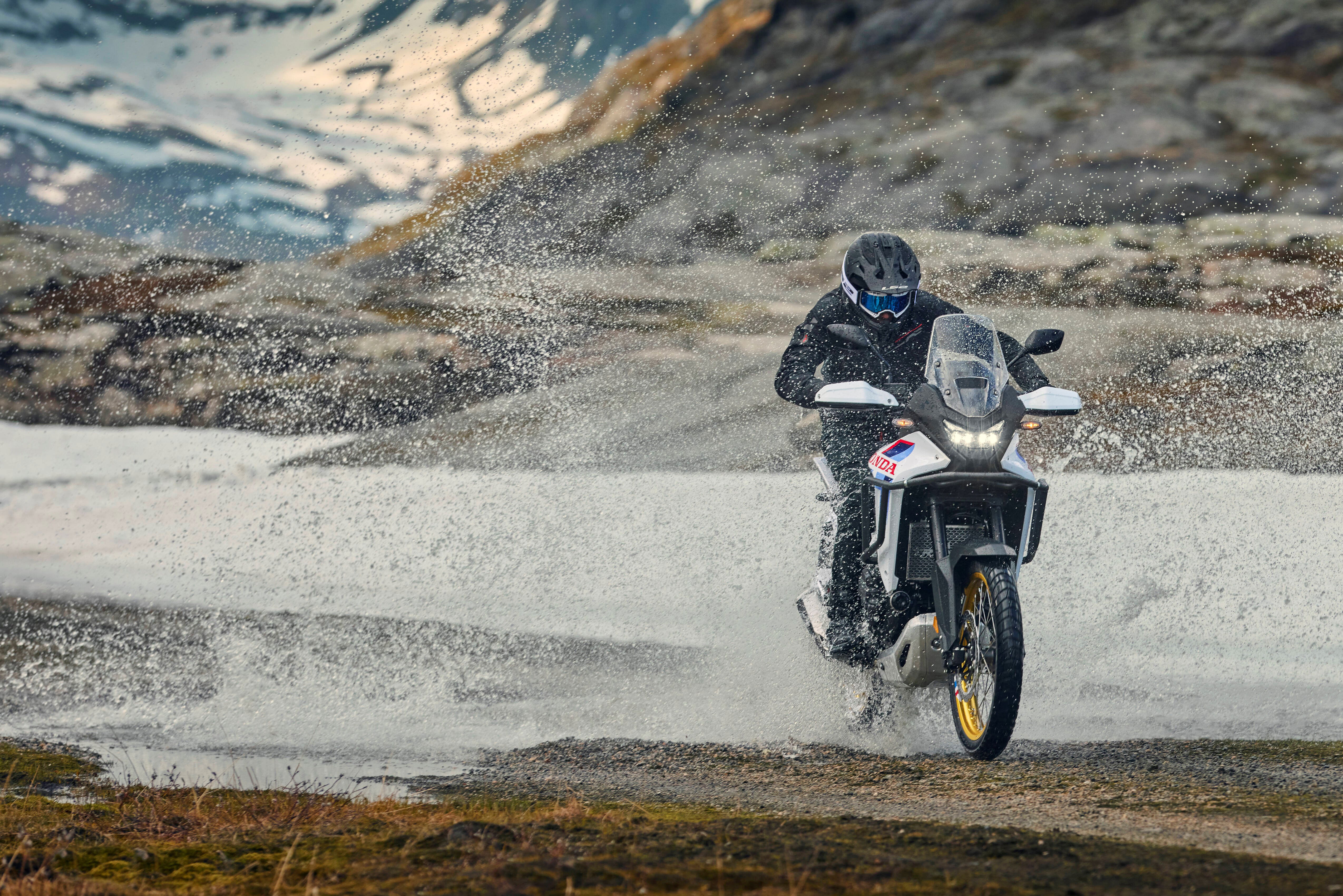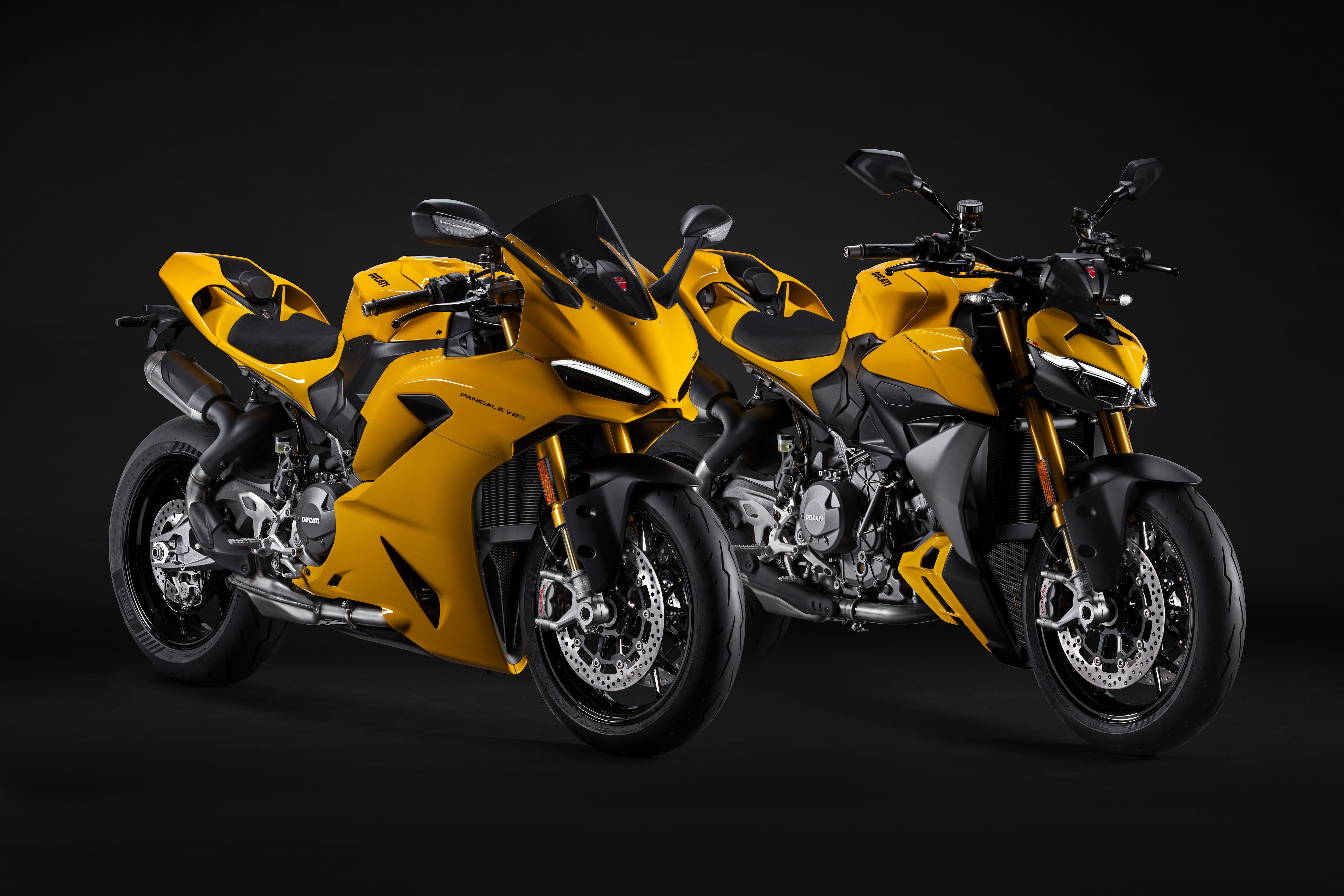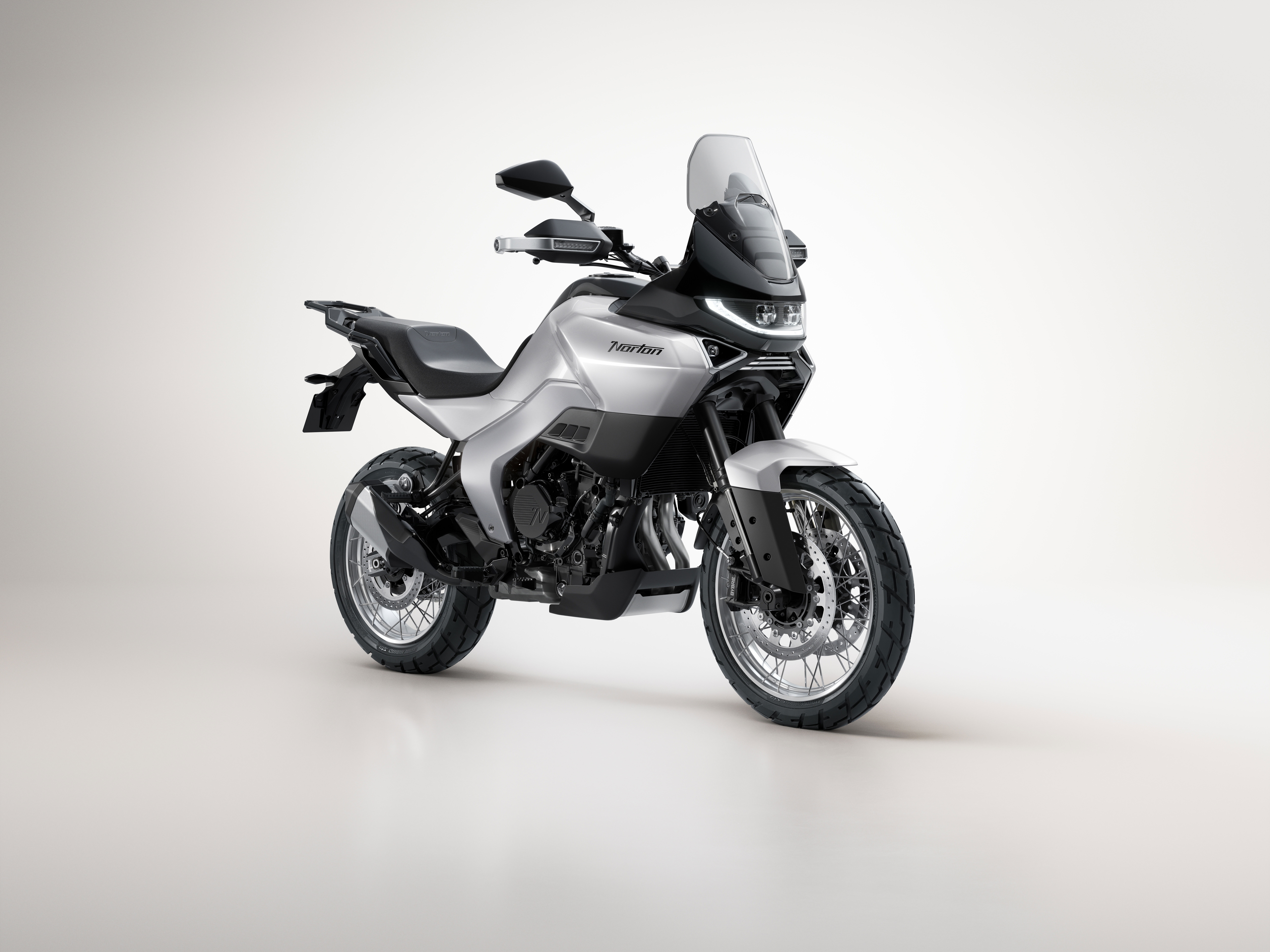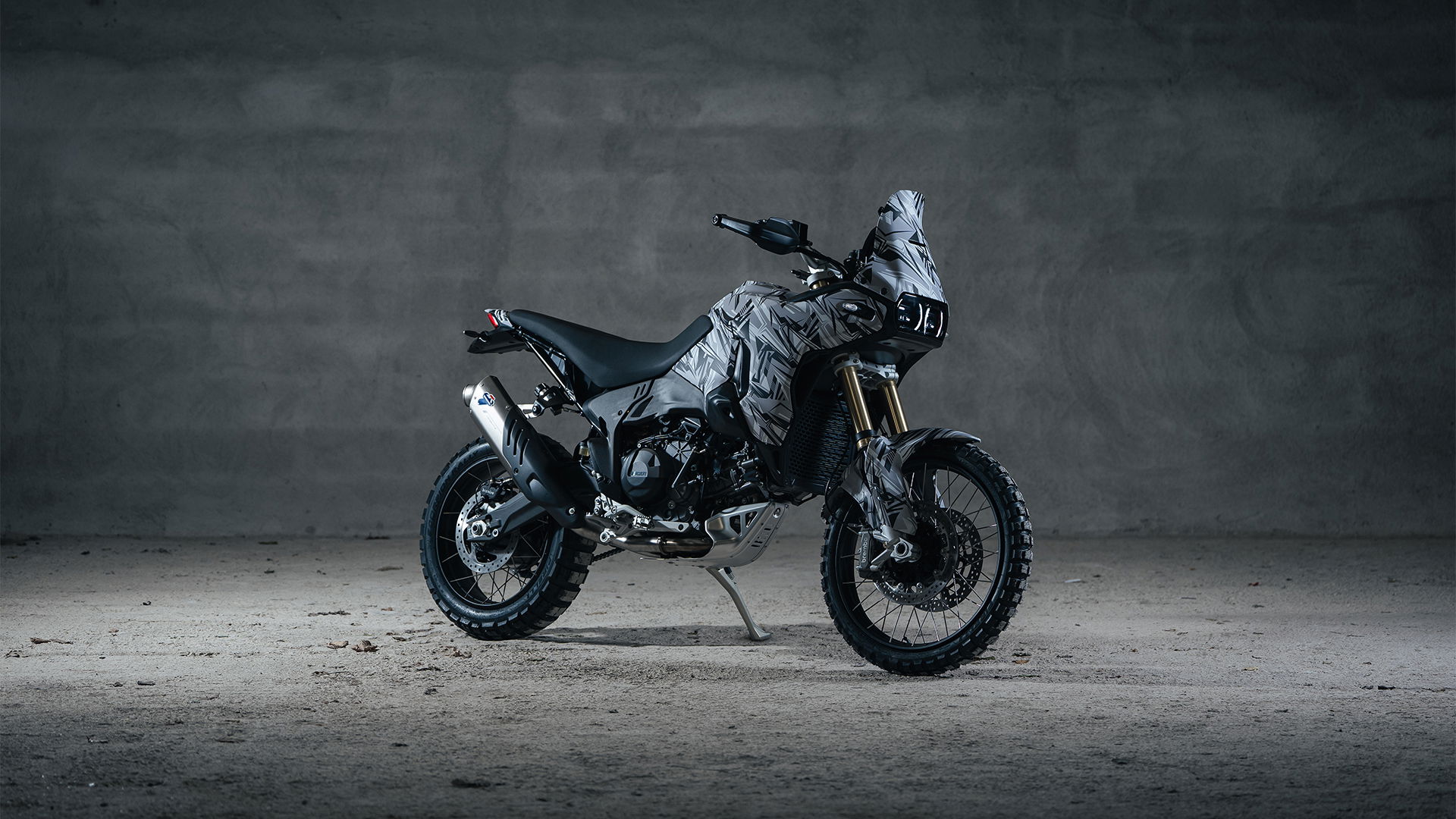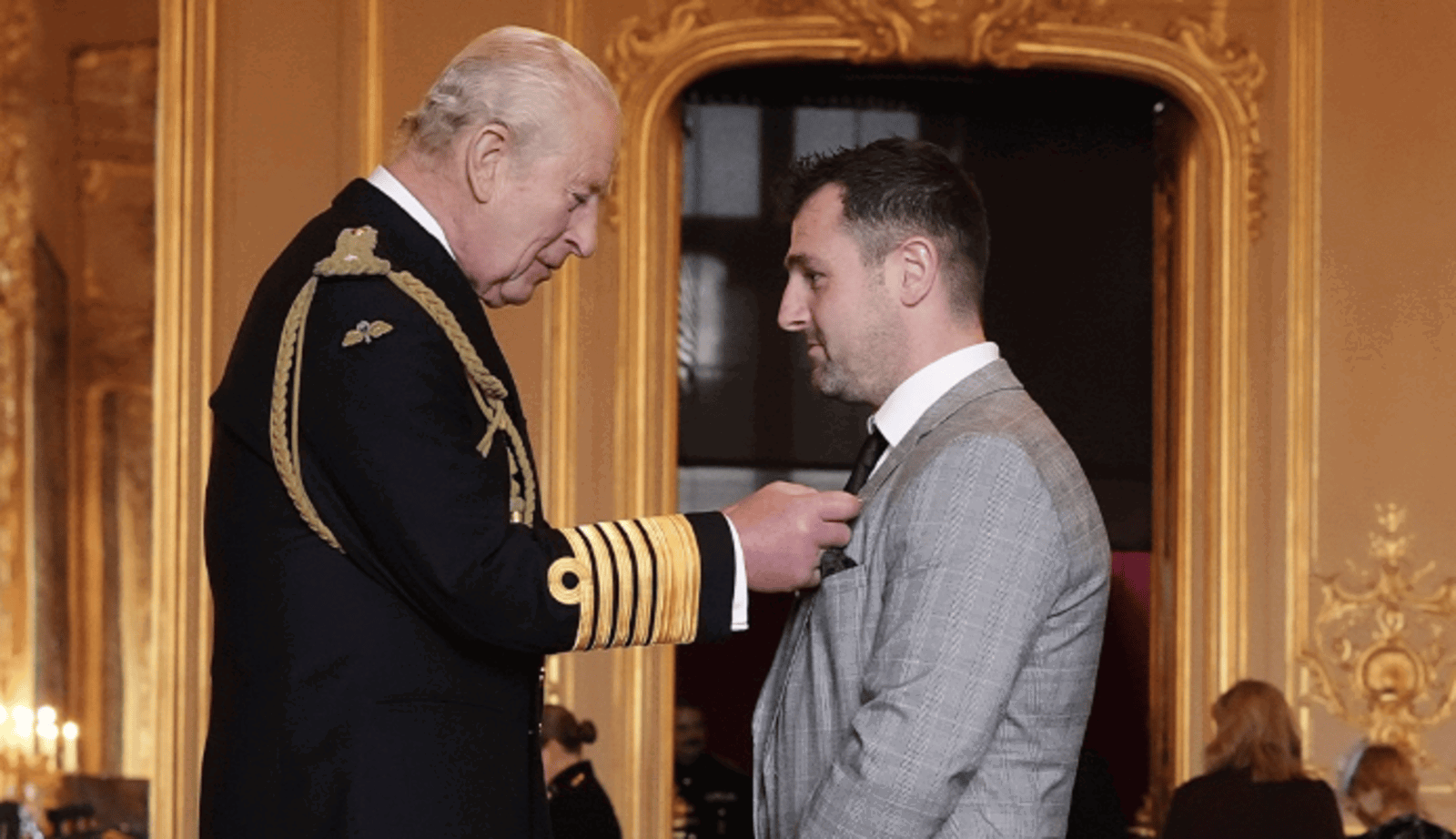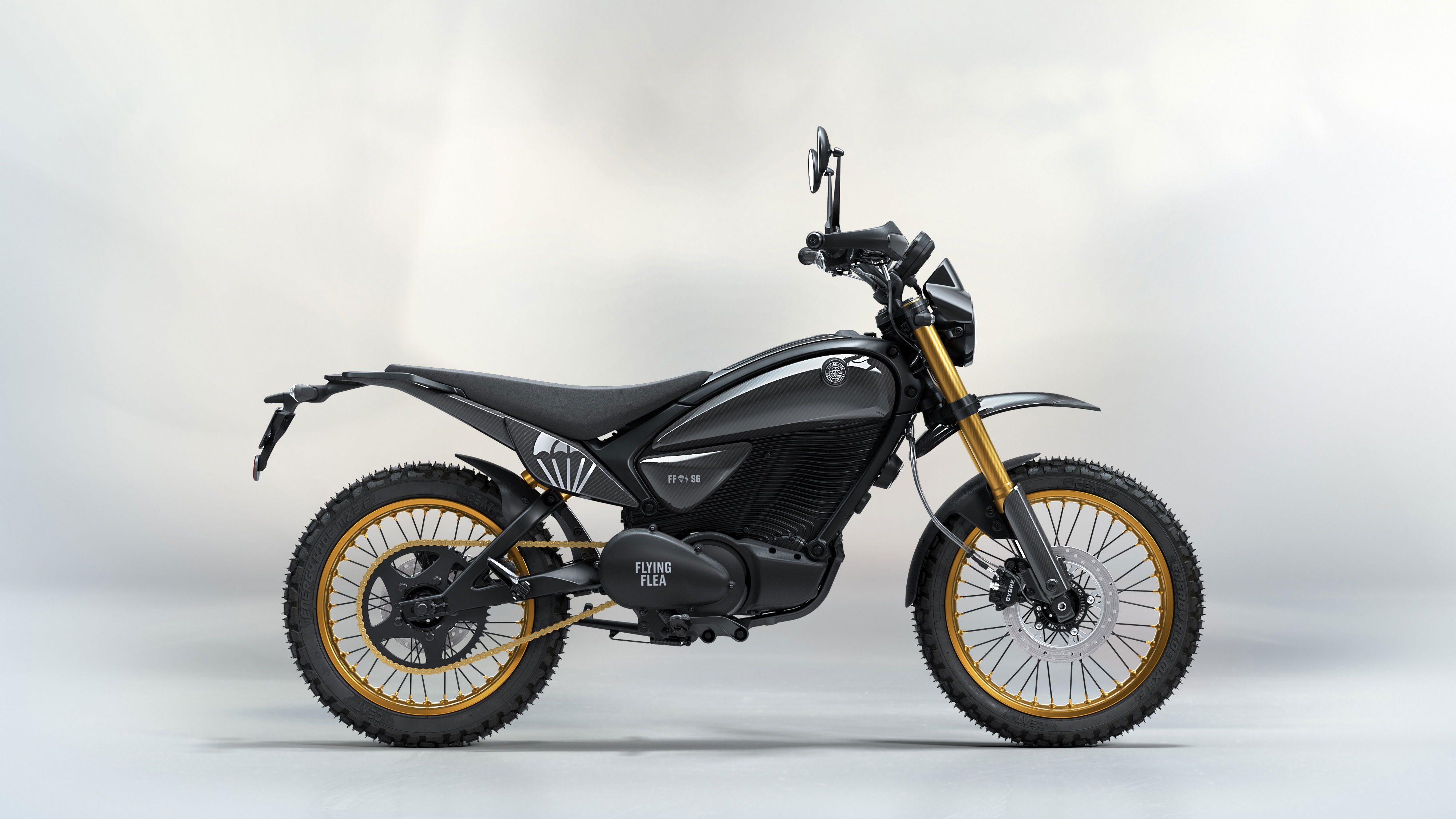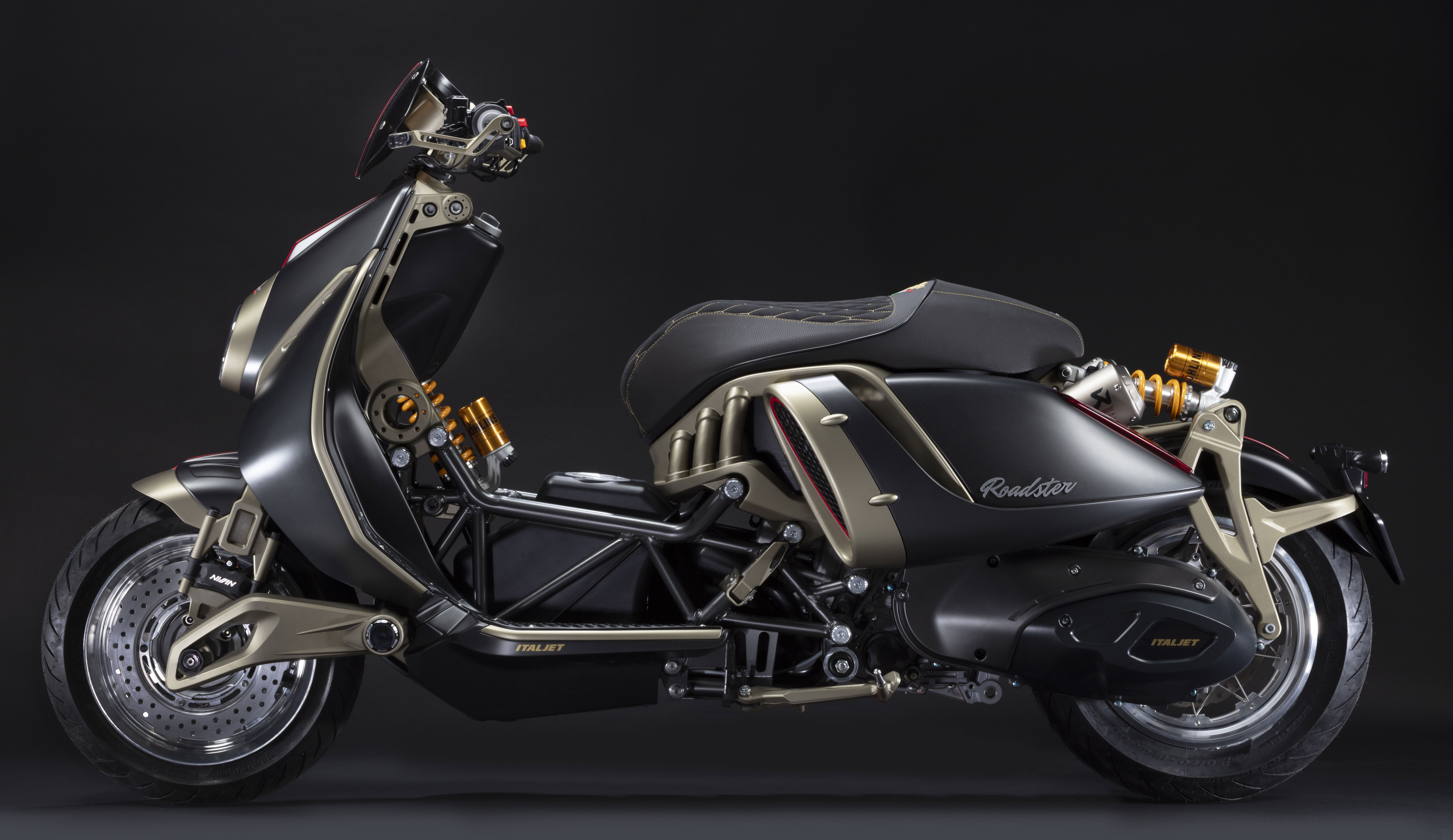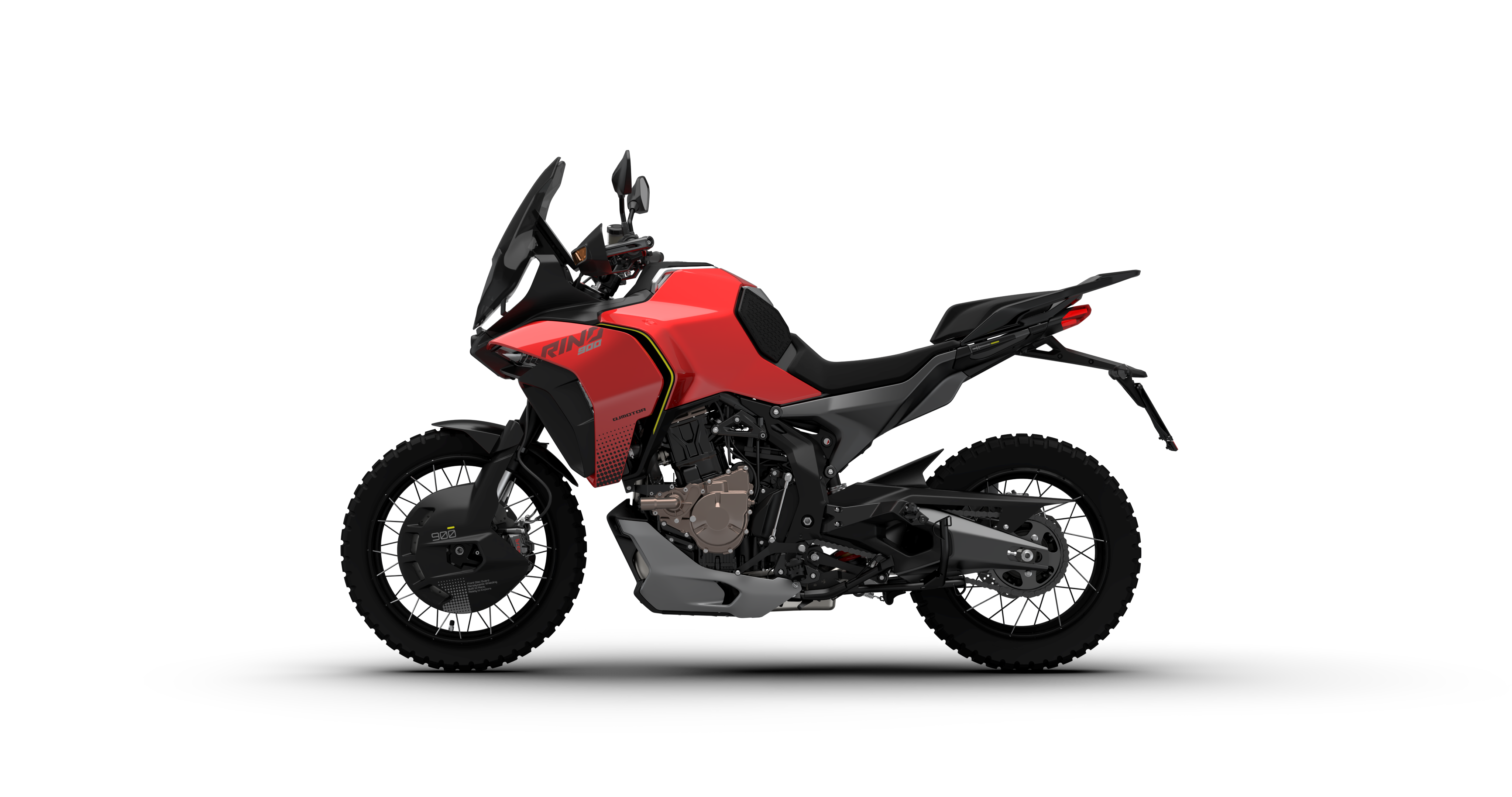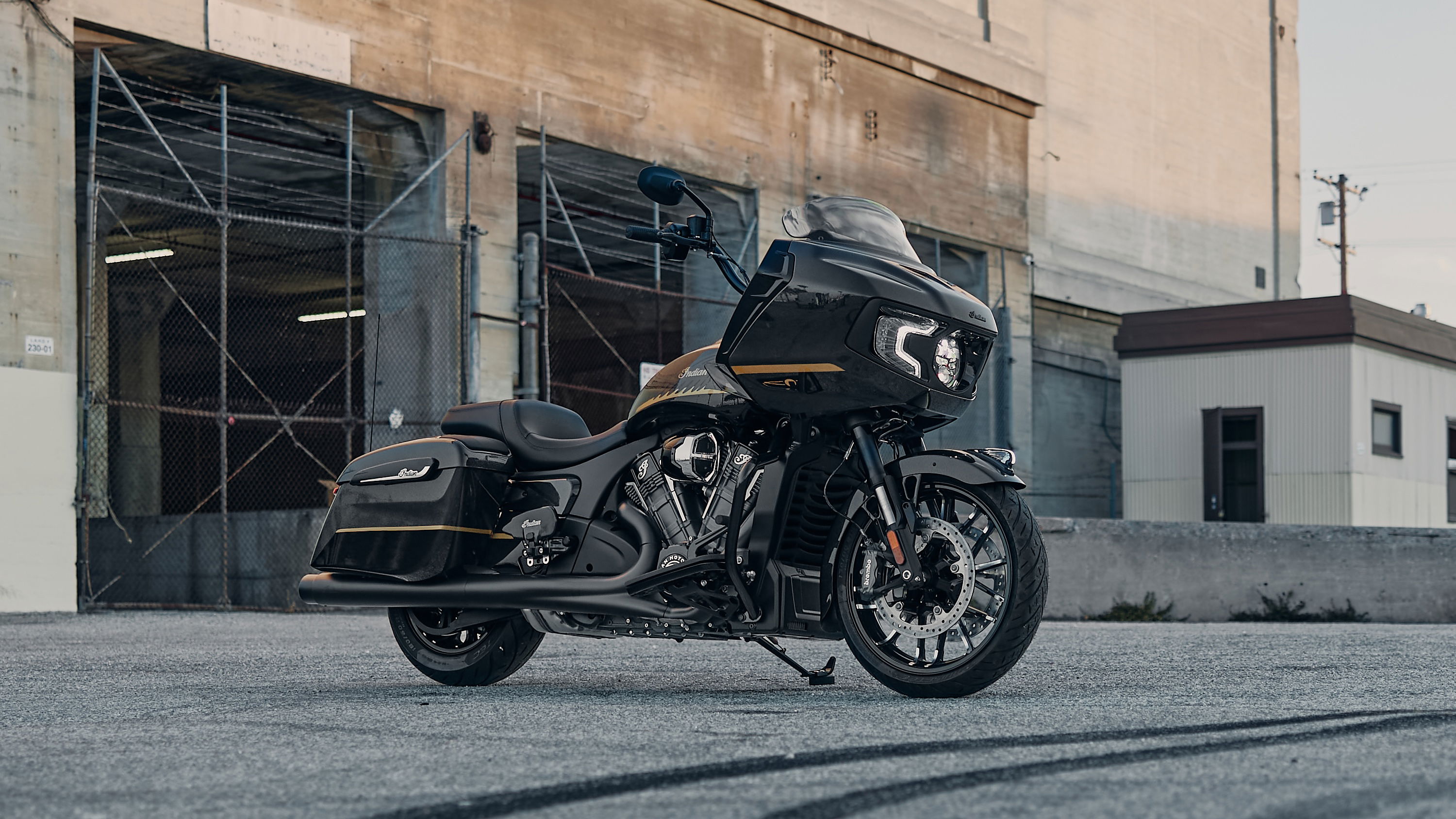Miguel Oliveira leads fans to Portimao circuit on KTM MotoGP bike
The 2022 Portuguese Grand Prix kicks off this weekend- or, in fact, it already has for a number of fans, and Miguel Oliveira.
.jpg?width=1600&aspect_ratio=16:9)
Miguel Oliveira, the hero of Portuguese motorcycle racing, kicked off this weekend’s upcoming Portuguese Grand Prix by riding his KTM RC16 MotoGP bike on the roads with an armada of fans behind him.
Oliveira led the crowd of Portuguese motorcycle enthusiasts from downtown Portimao to the Autodromo Internacional do Algarve where the fourth MotoGP race held at the circuit will take place this weekend.
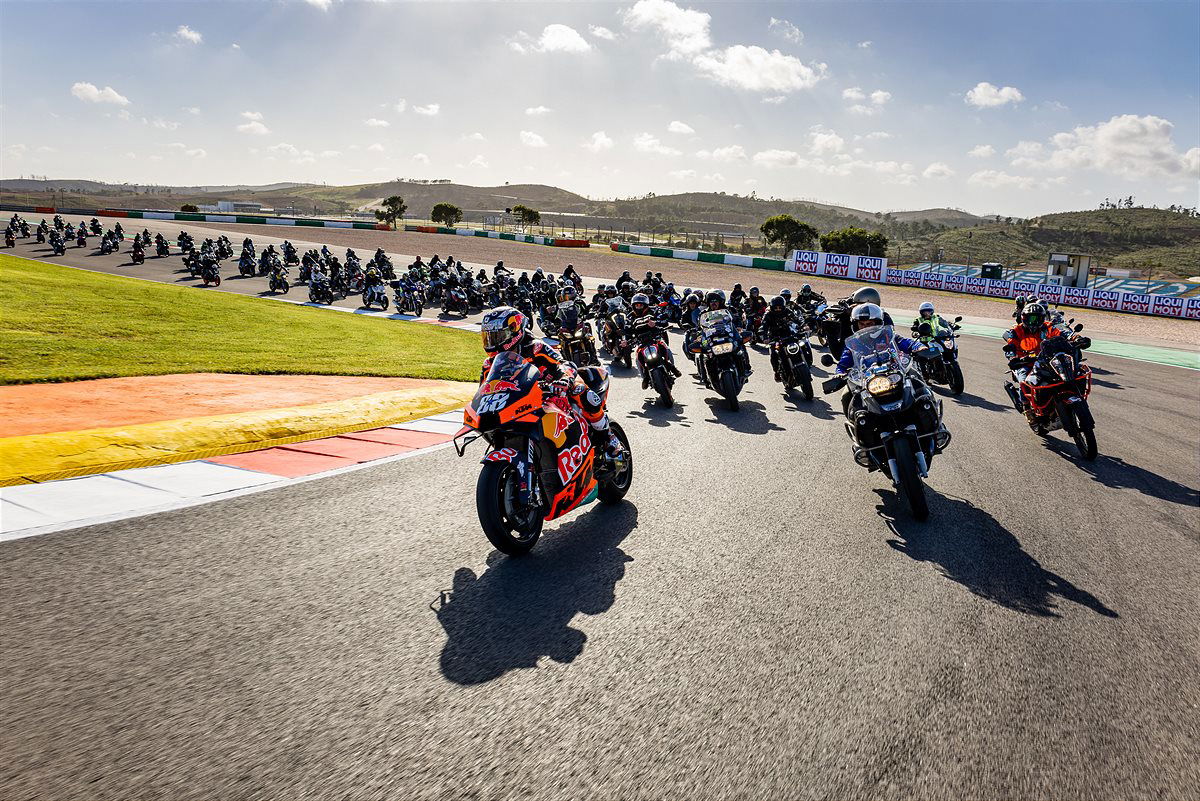
Oliveira became Portugal’s first Grand Prix winner when he took victory in the 2015 Moto3 race in Mugello, and then the country’s first premier class winner when he won at the Red Bull Ring in 2020.
The #88 also won his home race when it first made an appearance on the Grand Prix calendar as the 2020 season finale.
However, in 2021’s two Portimao races, his form was more akin to his first World Championship race at Portimao: the 2016 12 Hours of Portimao Endurance World Championship race. Then, he rode a Yamaha R1, sponsored by the circuit, together with another well-known Portuguese racer, Miguel Praia. That 2016 endurance race is probably better remembered for the race at the front, which saw GMT94 Yamaha win against SERT Suzuki in a race-long duel between the two who finished just 0.012 seconds apart at the flag.
Oliveira crashed a lot that weekend, but showed a lot of speed at the same time. Unfortunately for Oliveira, he has not shown much speed at either of the two races - Argentina and America - since his Indonesian win earlier this year at round two, and it must be said that in 2021 he did not show a great deal of speed either on his way to two DNFs (the second courtesy of an ambitious Iker Lecuona).
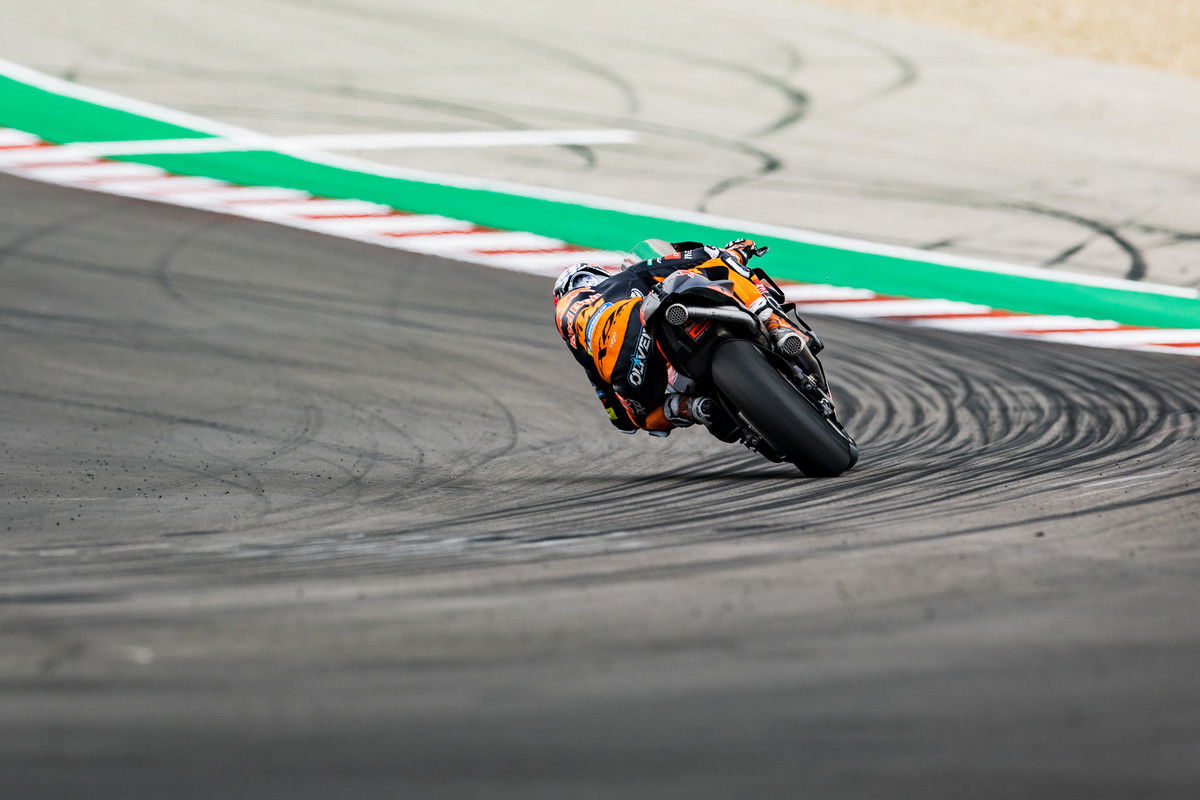
The complaint of Oliveira, and all of the KTMs, in Austin was rear traction. Oliveira and Raul Fernandez, of Tech 3 KTM, opted to race the medium-compound rear tyre in Texas as a result of concerns about wear, and Oliveira ended up 18th. Brad Binder, on the other hand, might have finished ninth were it not for contact with Johann Zarco in the closing stages of the Grand Prix of the Americas, the South African having run the soft-compound rear tyre.
Fortunately for KTM, and by extension Oliveira and his army of fans, rear traction is not the critical thing in Portimao, because there are almost no hard acceleration zones from slow speed corners.
For example, turn one is between second and third gear, and leads straight into turn two, which is just a set-up for the dead-stop turn three; which leads straight into turn four.
Turn four is one of the most complicated on the track, because the rider has not touched the left-hand side of the tyre since they left the first-or-second-gear turn 13, so losing the front is quite easy, even though it is quite steeply uphill. It also crests right as the rider is trying to open the throttle, which makes it one of the most traction-dependent corners on the track.
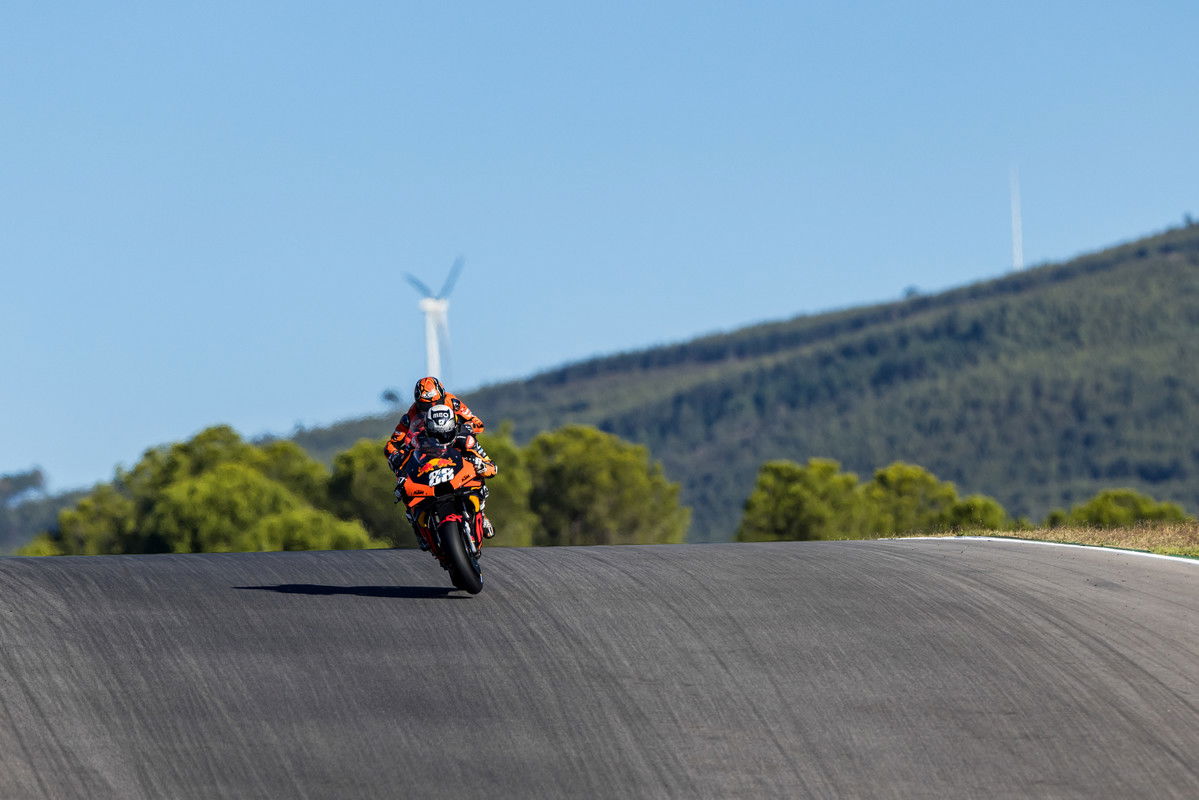
However, the most traction-dependent corner on the track is not turn four- in fact it is not even one corner, but two: turns five and six. They link together on the exit of turn five as a double left-hander that will this weekend be the scourge of Michelin’s rear tyres, as the riders balance traction and drive with wheelspin and turning from the moment they open the throttle in the middle of turn five, until they release the gas and grab the brake into turn seven.
Turn seven itself is a corner which demands nothing of the rear tyre, because it is mostly a deceleration zone for turn eight, although the exit is made critical by the white line on the outside which has caught out many a rider in the past.
Assuming the rider has passed turn seven unscathed, they have immediately arrived at turn eight, which would be a critical corner for traction if the hill it send the riders up did not crest 150 metres after the apex.
Instead, turn eight is critical because the line you carry out of it determines how much anti-wheelie the rider requires, and therefore how much speed the rider carries, over the crest between turns eight and nine. Get the line right, and the rider can lean over the crest just the right amount to naturally reduce wheelie with as little electronic aid as possible, and with about as close to a motocross ‘scrub’ as you are going to get on an asphalt track. However, go to wide, and the rider needs to lean too much in order to get back over to the right-hand side of the track to prepare turn nine, which, at the crest, means more force through the tyres and a the point where the bike goes light that can lead to the kind of near-disaster Aron Canet faced in 2020.
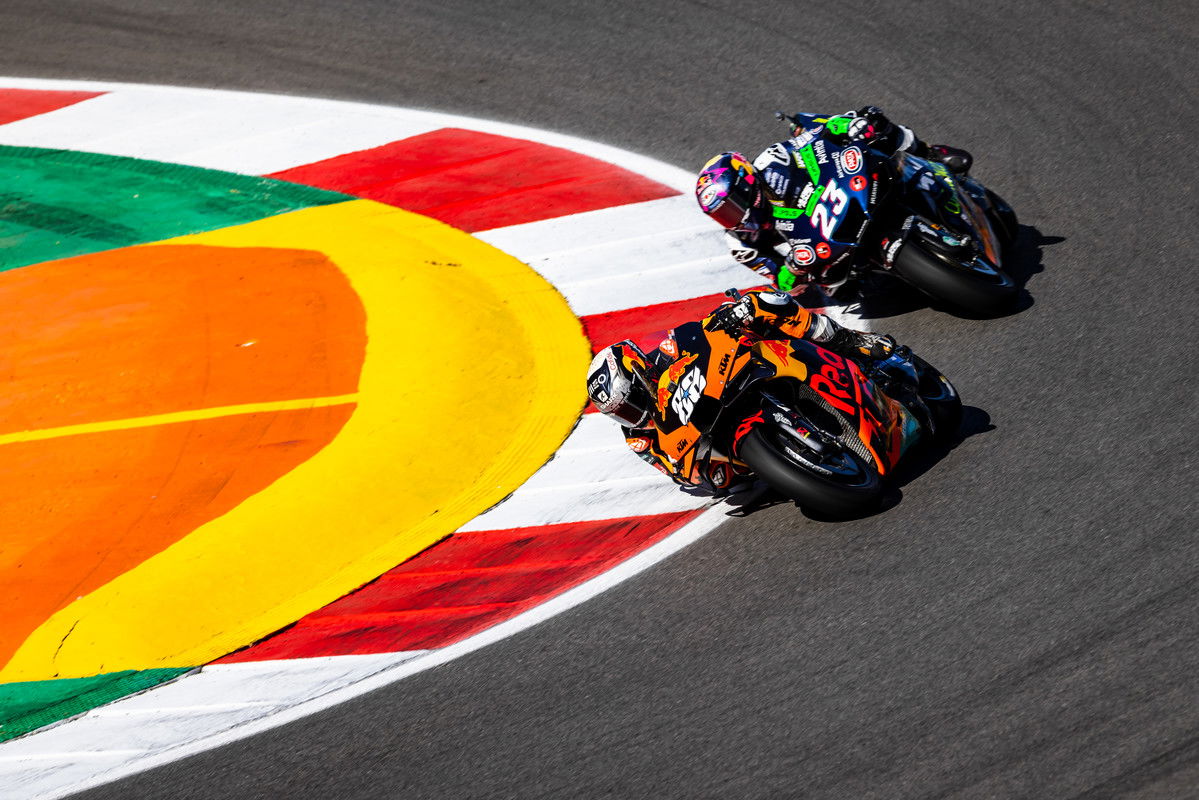
On the other hand, exiting turn eight too narrow will mean the rider needs to be more upright over the crest in order to not go off the track on the right side, which means they are not able to ‘scrub’ (again, not a scrub, but as close as you’ll get) the crest, and they require more anti-wheelie and rear brake to control the vertical movement of the front tyre.
So, turn eight, and the run to turn nine, is intensely complicated. And, once you arrive at turn nine, you are already out of it, because it is that fast. Without braking, the rider leans into turn nine, and by the exit is already beginning to reach for the brake for turns 10 and 11, which merge into one on the plateau between turns nine and 12.
Turn 11 is like turn eight in many ways, because the rider has to get the line right to maximise speed and minimise wheelie, but also must stay as far to the right as possible to maximise the angle of turn 12, which leads directly into the braking zone of turn 13.
Turn 13 is where last year we saw some impressive moves from Pedro Acosta, in MotoGP’s first trip of the year to Portimao, and later in the year from Toprak Razgatlioglu and Jonathan Rea, who enjoyed some of their most fierce battles of a 2021, which was filled with mighty duels, in the Algarve.
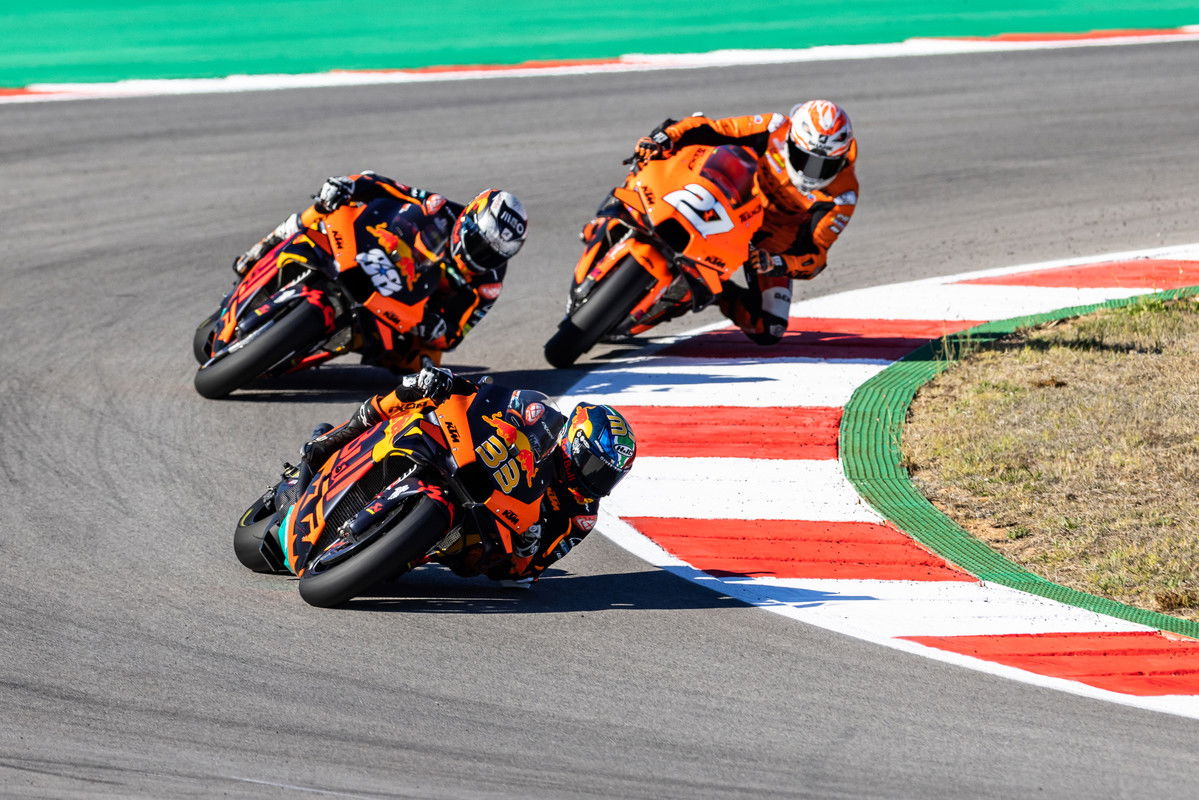
Two turns to go now, and turn 14 is another where traction is quite important, because the throttle is used quite a lot in the middle of the corner to turn, so managing the spin on the exit is important, as the rear needs to be settled to enter the super-fast turn 15, which drops downhill almost as soon as the rider has the bike on their knee.
Turn 15 leads onto quite a long straight. However, the speed coming out of turn 15 is such that, unless it is destroyed, the rear tyre does not face too much stress there in terms of spin and traction. However, in terms of force, turn 15 is quite critical, because the corner bottoms out while the rider is hard on the throttle, with quite significant lean angle, and then rises up to the pit straight plateau over the crest which causes the second and final non-scrub of the lap.
So, the Portimao circuit is an intense lap, with almost no rest for the rider and where every corner is a challenge which is defined not only by itself, but also by the challenges that have preceded it, and which proceed it. But it is not especially traction-dependent and - for all of the Oliveira and KTM fans who have sat through that long-winded, wearisome and, let’s face it, relatively uninformed written tour of the Autodromo Internacional do Algarve - that might be the biggest positive in anticipation of this weekend.
The negative point is that surface is quite low-grip, and Yamaha - who struggle notoriously with traction, albeit in a different way to KTM - have struggled significantly in all three Portimao races so far (Yamaha were saved by Morbidelli in 2020, but he was on the 2019 bike which worked much better at the end of that season than the factory bike; and in the first race last year they were saved by Quartararo who won, but Maverick Vinales on the same bike was 11th and Valentino Rossi crashed). And what that means is that, after all, traction might be a big problem. We will find out on Friday.
